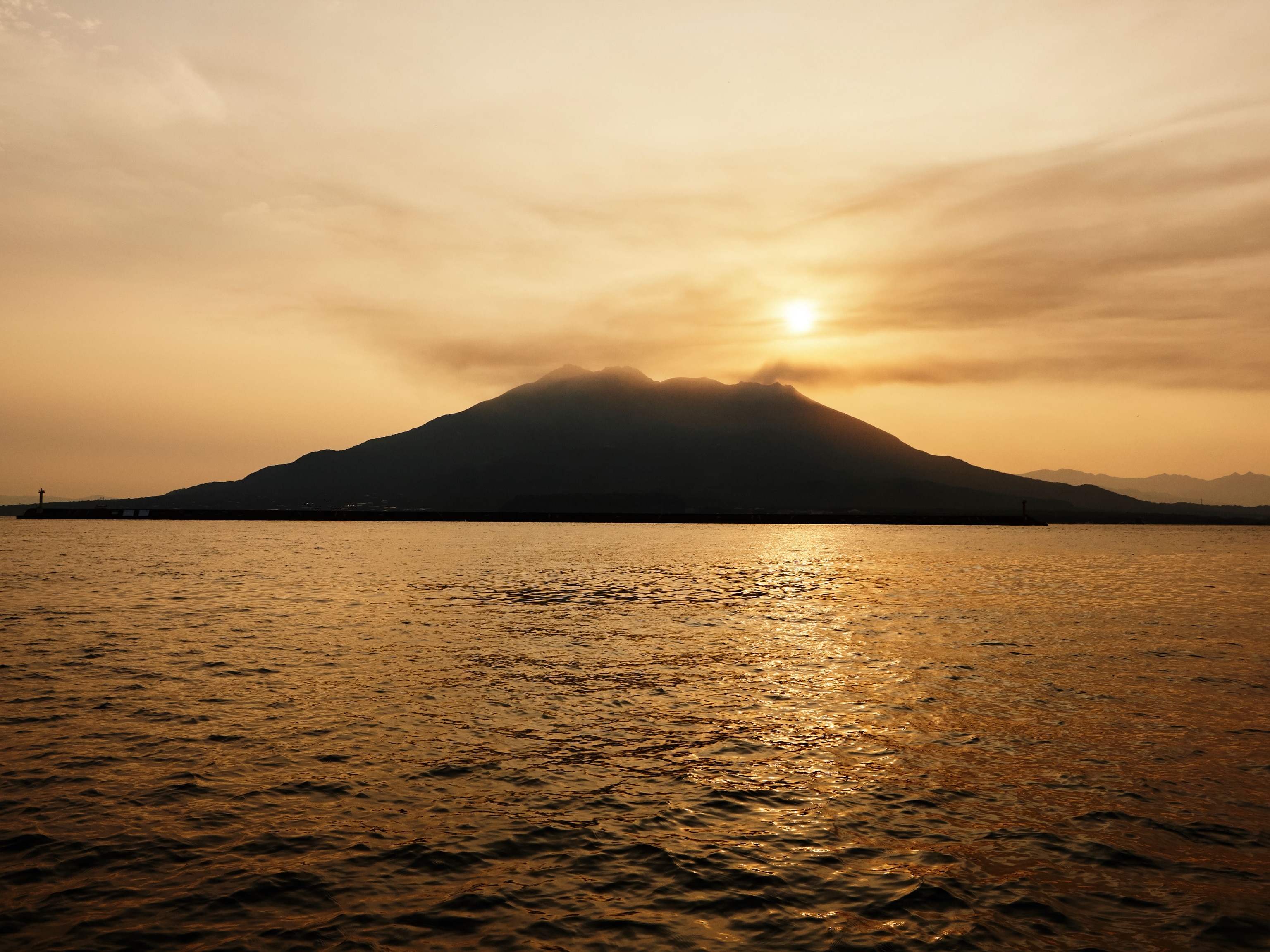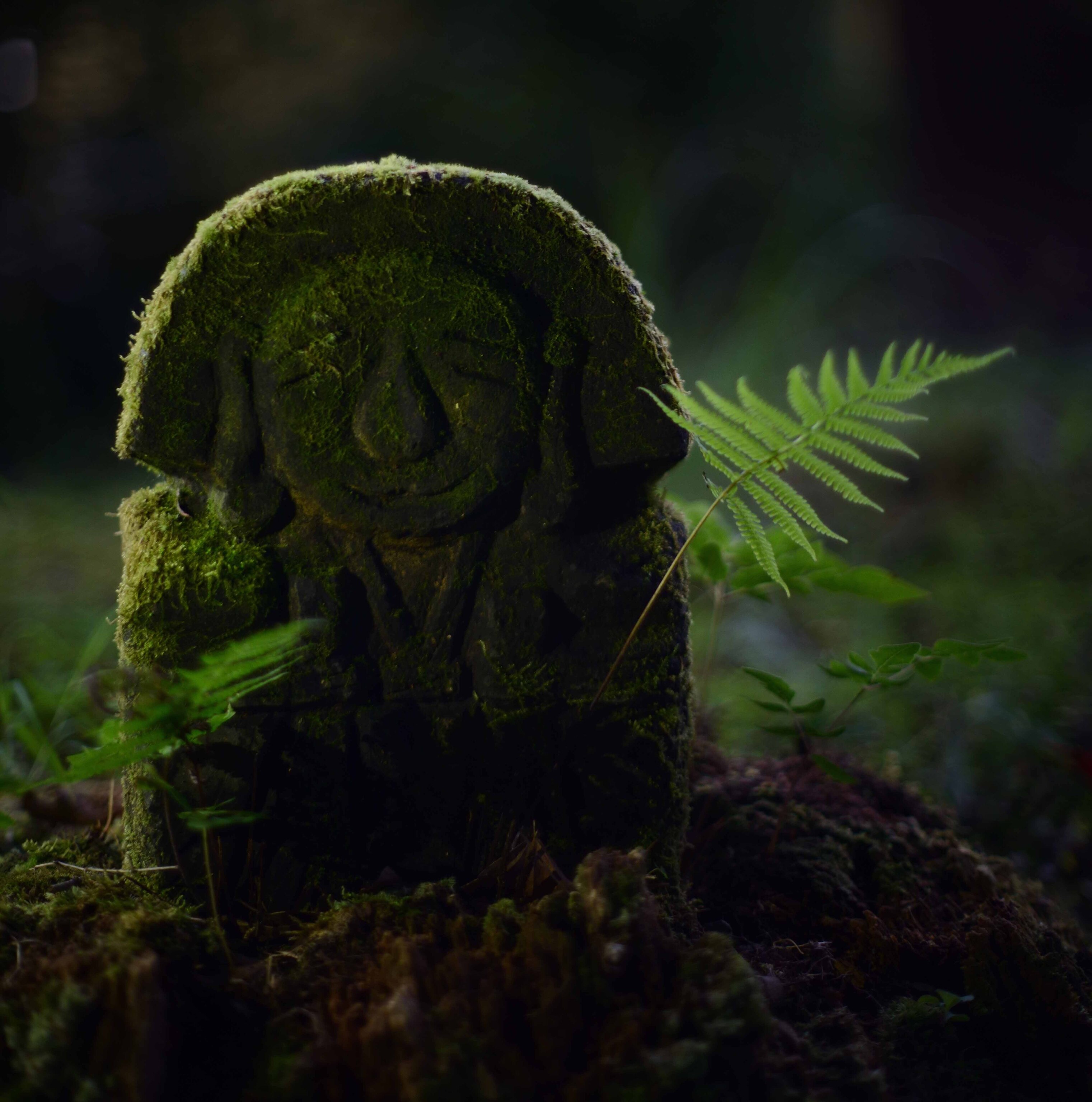
Eight things that can only be seen in Japan's national parks
Japan's national parks are where nature, culture, and history collide.
Japan has captivated the hearts and minds of people worldwide. It is easy to see why, considering its rich culture and diverse geography. What some may not know however, is that Japan’s national parks are where you can go to experience both.
Conceived in 1931, Japan’s land-scarce topography made it necessary for their National Park System to combine state-owned land, public land, and privately-owned land. The system is unique because it allows visitors to take an intimate look at nature and the residents’ customs, culture, and livelihoods. This is done without disrupting their daily lives.
All of Japan’s national parks host unique sights that are worth visiting.
Akan-Mashu: Home of the Ainu
Akan is home to the Ainu people, an indigenous community that has a deeply-rooted reverence for nature. They have a settlement along Lake Akan, where visitors can meet them, watch traditional performances dedicated to their worship of animal spirits, and get a glimpse of their unique arts and crafts.
If you enjoy learning about history, then the Ainu will fascinate. There were a number Ainu dialects in the past, but it is unclear how many survived. This makes those who still speak the Ainu language an extremely rare and special breed.
Towada-Hachimantai: Sightseeing Combined with Onsen
When you go to Towada-Hachimantai you would do yourself a disservice if you didn't enjoy one of the multiple hot springs in the area that exist. The location of the park's main attractions allows you to take a side trip for a rejuvenating Onsen experience.
Those who want to visit Mount Hakkoda in the northwest can stop by Sukayu Onsen. Visitors to the famous Oirase-Keiryu mountain stream in the east can go to Tsuta Onsen. Travellers who want to head south to see the 2,038-metre-high Mount Iwate, can visit Nyuto Onsen.
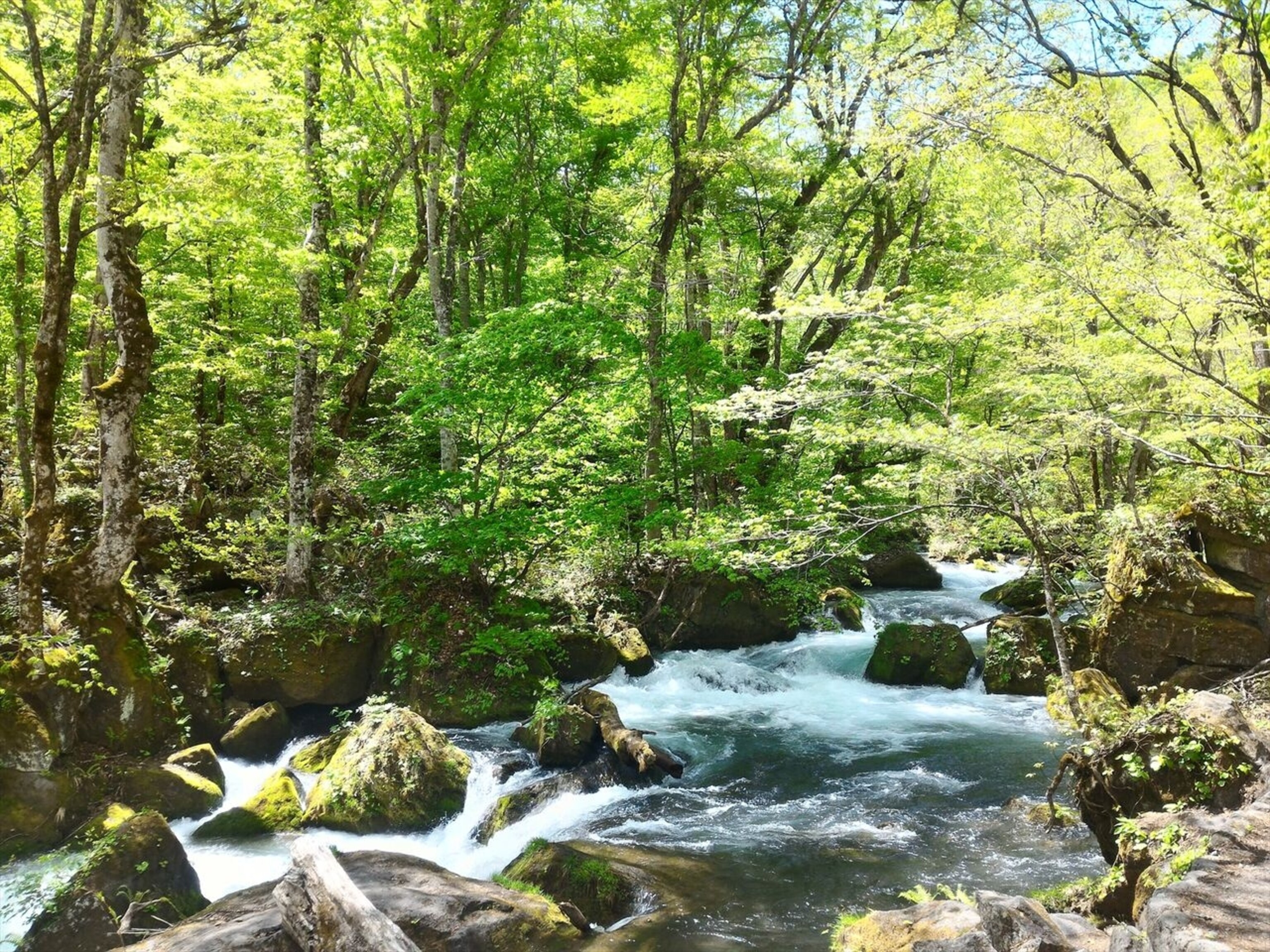
Ise-Shima: Home of the Sun God
Ise-Shima is unique because 96% of the park is on private land that has a large residential population, which allows visitors a special glance into daily lives of the locals.
Culture revolves around the sun and sea in this area, and fishing has been a very important vocation for residents.

The most important shrine related to sun worship, called Ise Jingu, can be found within Ise city. Known as the Soul of Japan, it is actually a collection of shrines that centre themselves on two shrines: Naiku and Geku. It is said that at least one in ten Japanese made a pilgrimage to this sacred site during the Edo Period.
Even in modern times, fishermen and female divers that live in the area are known to praise the gods for a bountiful harvest. Fortunate visitors may be able to witness events like the Shiokake festival, where people spend the entire day splashing each other with water to celebrate the goddess of the sea returning.
Daisen-Oki: The Mountain God’s Realm
There was great reverence for the Mountain God in ancient Japanese culture, and the park’s most memorable site, Mount Daisen, was the centre of mountain worship for the entire country.
Daisenji Temple, with buildings scattered across the slopes, is an important Buddhist temple. Perched above it is the Ogamiyama Shrine, which is an ancient tribute to the mountain gods.
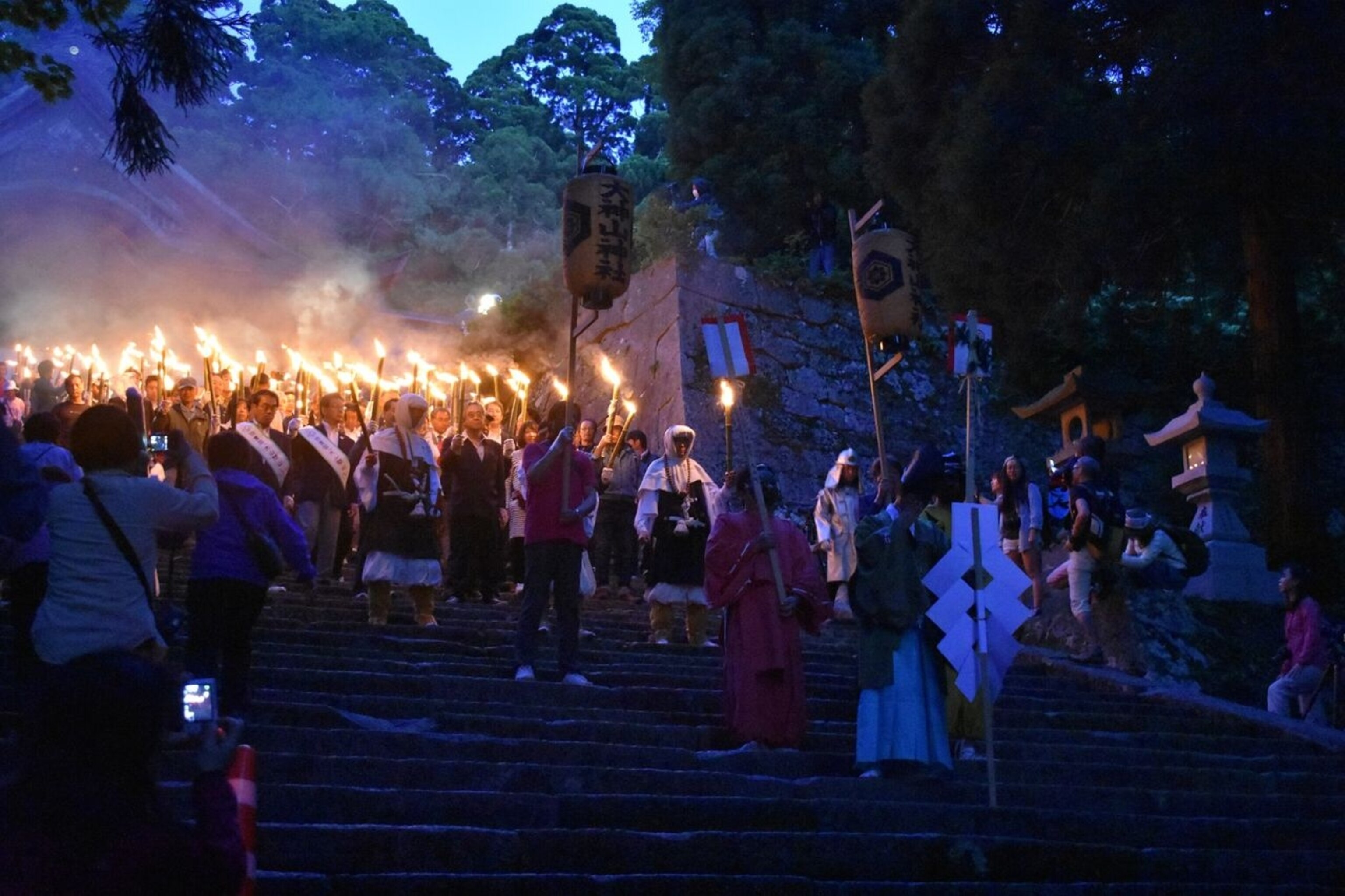
The park also holds the former axis of the Izumo, an ancient culture that have been depicted in mythological tales such as Kunibiki Shinwa.
Nikko: Land of the Volcano
Nikko is another mountainous area whose culture was shaped by the nature around it. Most of the area is in the Nasu Volcanic Belt.
The volcanoes created most of the stunning scenery in the area, and this is why they are intertwined with local faith. Mount Nantai was revered in ancient Japan, and the peaks of Mount Nasudake were once a hub for mountain worship.
The Shrines and Temples of Nikko and the nature around them have also been classified as UNESCO World Heritage Sites.
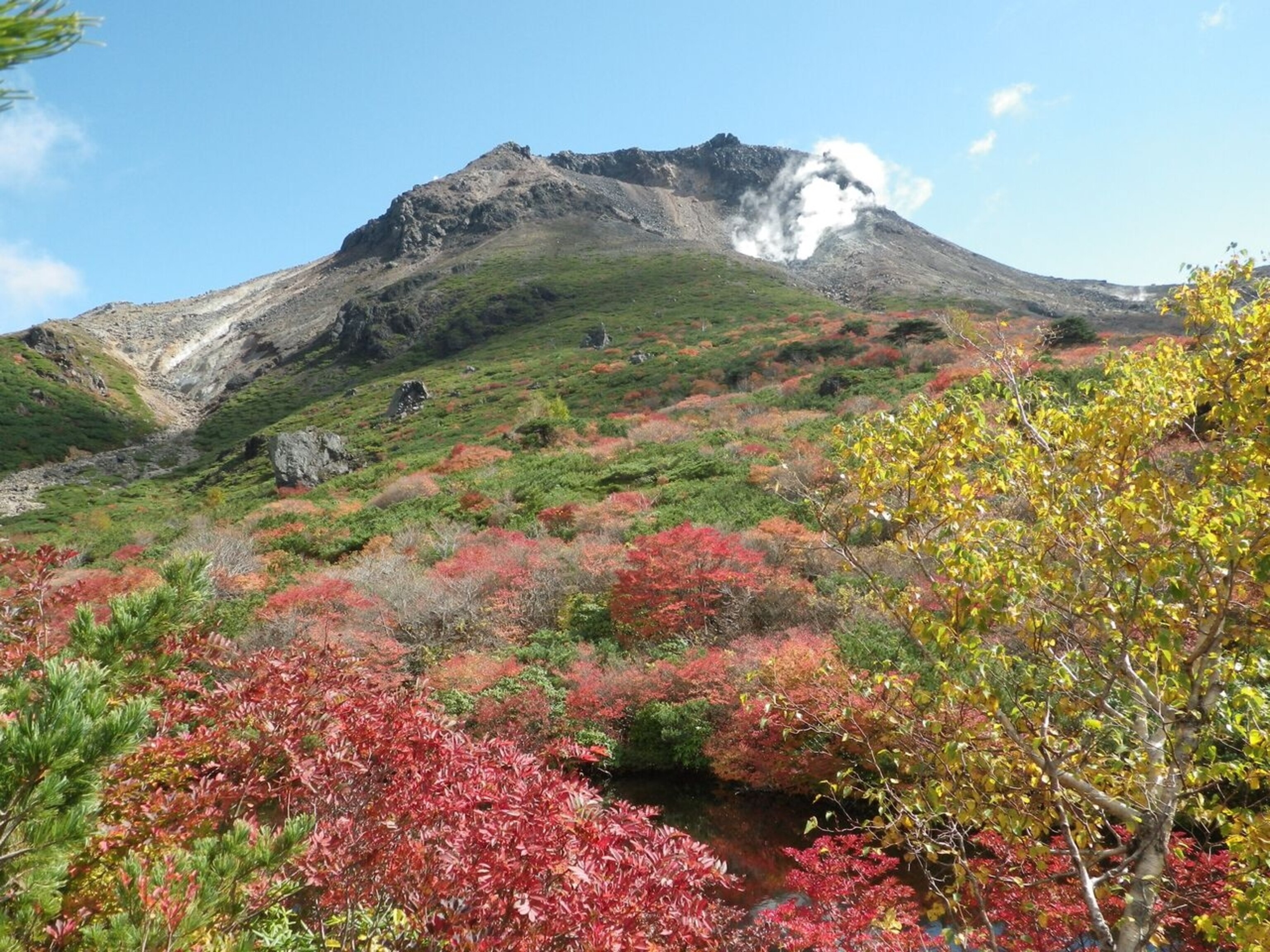
Aso-Kuju: Where Buddha Relaxes
The park is home to the mountainous region known as the Five Peaks of Mount Aso, which is comprised of Mount Takadake, Mount Nakadake, Mount Nekodake, Mount Kijimadake, and Mount Eboshi. The area has become affectionately known as the Reclining Buddha, as the Five Peaks are said to resemble Buddha resting.
It is also home to a live volcano. Curious visitors who want to get a glimpse can head to the Nakadake Central Crater, which can be reached via car, ropeway, or on foot.
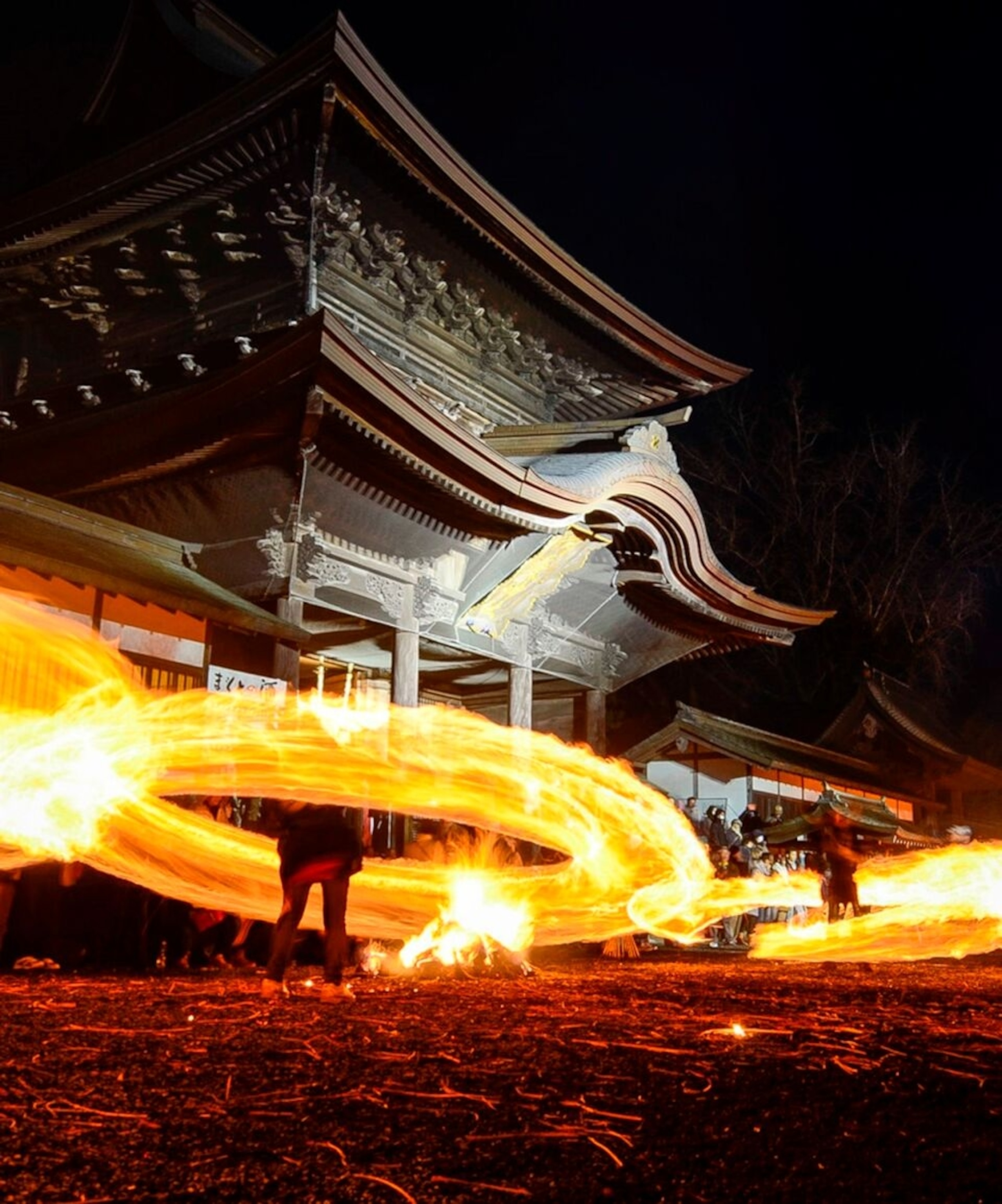
Kirishima-Kinkowan: The Mighty Sakurajima
Sakura-jima is the enduring talisman of Kirishima-Kinkowan. It counts itself among the most active volcanoes in Japan, necessitating a ban on anyone coming too close to its crater. Depending on the volcanic alert level, this could mean staying as far away as 2 kilometres. Its minor eruptions can be viewed from multiple surrounding observation points, making the mountain one of the area’s biggest tourist attractions.
Those interested in Japanese mythology should know the significance of the mountains of Kirishima. This is where the deity named Ninigi no Mikoto was sent to rule over the planet and establish the imperial lineage. The iconic Kirishima Shrine, dedicated to him and his wife, the princess Konohanasakuya-hime, is another must-see feature of the park.
Keramashoto: Coastal Beauty
Sea lovers shouldn’t skip Keramashoto. It is where one can witness why Japan is blessed to be surrounded by the sea. At this national park, families and couples can spend time under the sun at the striking beaches, or explore the treasures of the ocean by snorkelling and scuba diving.
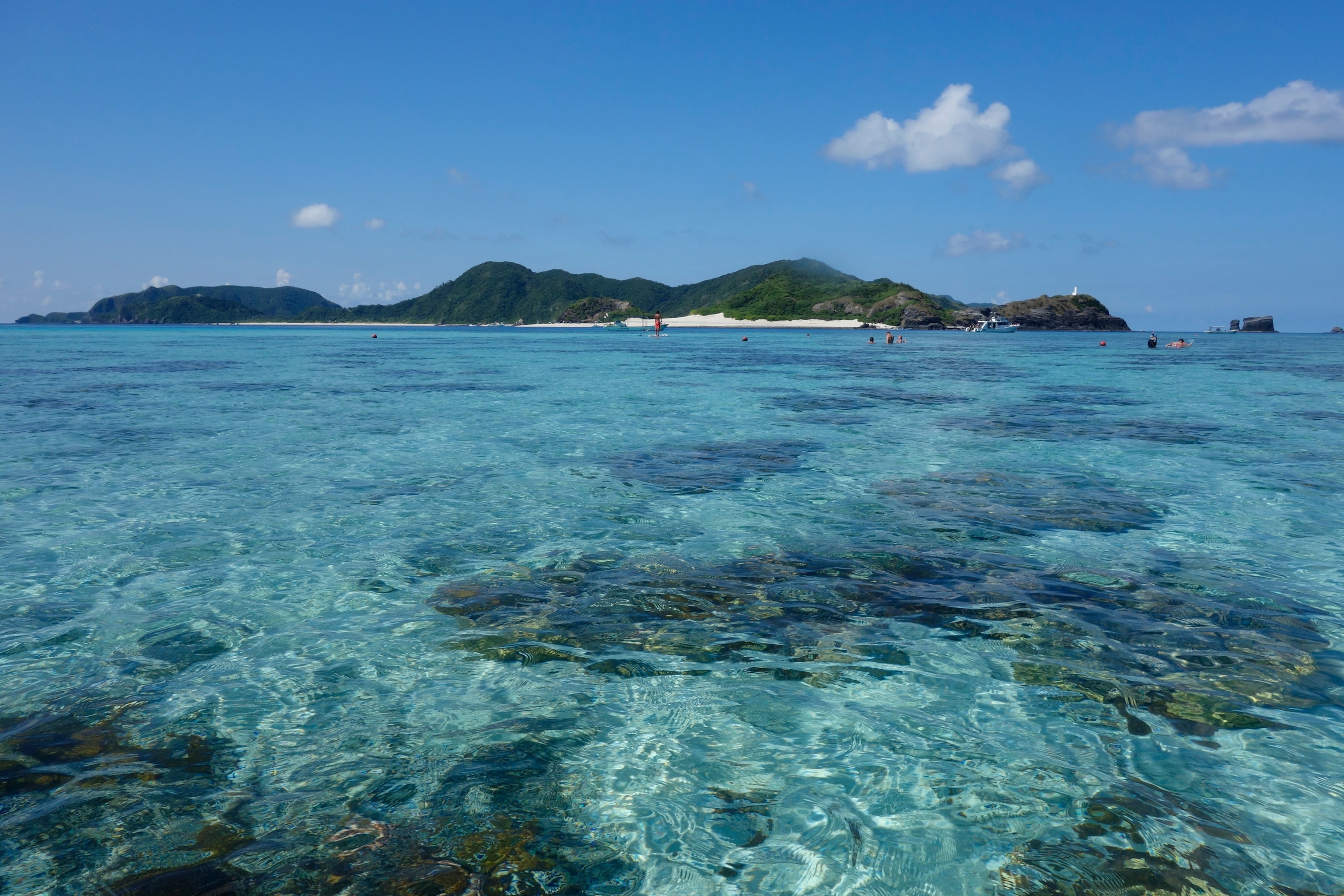
Additionally, those who want to watch humpback whales can visit Inazaki Observatory, located in Zamami-jima island, or join boat tours that take visitors close to the majestic creatures.
